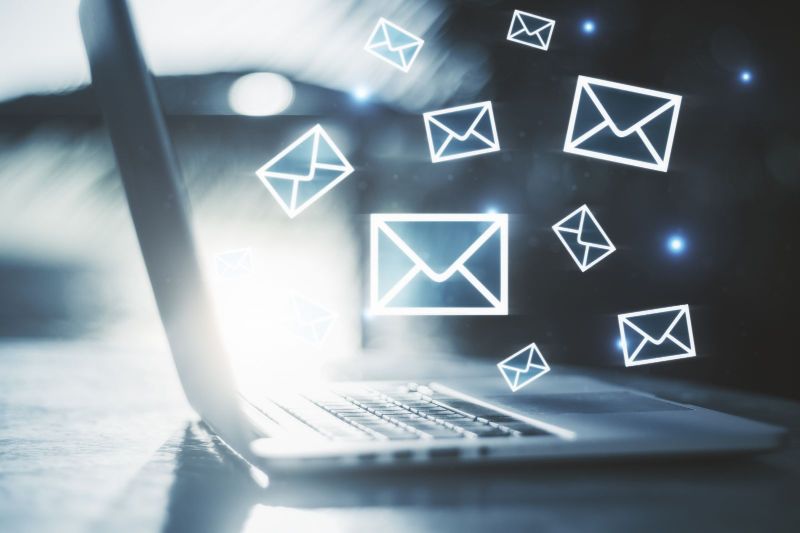Creating an Effective Email Marketing Strategy: A Step-by-Step Guide
October 13th, 2023

Email marketing remains a cornerstone of digital marketing, offering a powerful tool to engage and nurture your audience. However, success in email marketing requires more than just sending out occasional newsletters. To maximize its potential, you need a well-crafted and strategic approach. In this step-by-step guide, we will walk you through the process of creating an effective email marketing strategy that delivers results.
Step 1: Define Your Goals
Every successful email marketing strategy begins with a clear understanding of your objectives. Ask yourself what you want to achieve with your email campaigns. Common goals include increasing sales, driving website traffic, building brand awareness, or nurturing leads. Defining your goals will help you tailor your strategy to meet your specific needs.
Step 2: Know Your Audience
Understanding your target audience is essential for crafting relevant and engaging email content. Create buyer personas to segment your audience based on demographics, interests, and behavior. This segmentation enables you to send personalized messages that resonate with different segments of your subscriber list.
Step 3: Build a Quality Email List
Your email list is the foundation of your email marketing strategy. Focus on growing a list of engaged and opt-in subscribers. Avoid purchasing email lists or adding contacts without their consent, as this can damage your sender reputation and result in higher spam complaints.
Step 4: Choose the Right Email Marketing Platform
Selecting the right email marketing platform is crucial for efficient campaign management. Popular platforms like MailChimp, Constant Contact, and HubSpot offer features such as automation, analytics, and easy-to-use templates. Consider your budget and requirements when making your choice.
Step 5: Create Compelling Content
Crafting engaging email content is key to keeping your subscribers interested. Your emails should provide value, whether through informative articles, product updates, exclusive offers, or entertaining stories. Use catchy subject lines and persuasive copywriting to grab your readers' attention.
Step 6: Design Responsive and Mobile-Friendly Emails
In the age of smartphones, it's essential to create emails that display correctly on various devices and screen sizes. Most email marketing platforms offer responsive templates to ensure your emails look great on both desktop and mobile.
Step 7: Implement Personalization and Segmentation
Segmentation goes hand in hand with personalization. Tailor your emails to each recipient's preferences and behavior. Use their name in the greeting, recommend products based on their past purchases, and send targeted content that speaks to their interests.
Step 8: Test and Optimize
A successful email marketing strategy is an evolving one. Regularly A/B test elements like subject lines, email content, and send times to identify what works best for your audience. Analyze key performance metrics, including open rates, click-through rates, and conversion rates, to refine your strategy.
Step 9: Automate Your Email Campaigns
Automation can save you time and ensure timely communication with your subscribers. Set up automated workflows for welcome emails, abandoned cart reminders, and post-purchase follow-ups. Automation helps nurture leads and keep your audience engaged.
Step 10: Monitor and Measure
Continuously monitor the performance of your email campaigns and use the data to make informed decisions. Analyze the metrics to identify trends and areas for improvement. Adjust your strategy based on what you learn from your email marketing analytics.
Creating an effective email marketing strategy requires careful planning and ongoing optimization. By following these ten steps, you can build a robust email marketing strategy that delivers results, engages your audience, and drives your business forward. Remember that email marketing is not a one-size-fits-all approach; it's about adapting to your audience's needs and preferences to create meaningful connections that foster loyalty and drive conversions